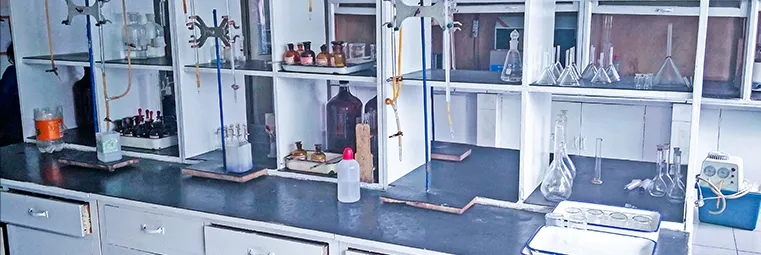Reverse osmosis (RO) water plants have become essential in providing clean and safe drinking water, particularly in areas affected by water scarcity or poor water quality. An integral component of these facilities is the various chemicals utilized during the water purification process. Understanding these chemicals and their roles is crucial for assessing the efficiency and safety of RO systems.
The treatment process in an RO water plant typically begins with pre-filtration, where larger particles such as sediment, sand, and debris are removed. This step often involves the use of coagulants, which help agglomerate smaller particles, making them easier to filter out. Common coagulants include aluminum sulfate and polyaluminum chloride. These chemicals enhance the clarity of the water before it undergoes reverse osmosis.
Once pre-treatment is complete, the water is pumped through a semipermeable membrane, which is the heart of the RO system. This membrane allows only water molecules to pass through while rejecting larger molecules, contaminants, and dissolved salts. To maintain the integrity and lifespan of the membrane, antiscalants are commonly added. These chemicals inhibit the formation of scale, which is a combination of minerals that can accumulate on the membrane surface, reducing its effectiveness.
Another critical chemical used in RO plants is biocides. These are employed to control microbial growth that can compromise water quality and the functionality of the system. Common biocides include chlorine, which is noted for its disinfecting properties, and is often used in controlled amounts to prevent any potential damaging effects to the membrane.
ro water plant chemicals

Post-treatment may involve adjusting the pH and removing any remaining contaminants. Chemicals such as sodium hydroxide or sulfuric acid can be used for pH adjustment, ensuring that the treated water is safe for consumption and meets regulatory standards.
However, the use of chemicals in RO water plants necessitates careful monitoring and management to mitigate potential environmental impacts
. The disposal of chemical waste must adhere to safety and environmental regulations to prevent contamination of local ecosystems.In conclusion, the role of chemicals in RO water plants is crucial for maintaining water quality and ensuring efficient operation. A proper understanding of these chemicals, along with stringent monitoring practices, can lead to the sustainable and effective use of reverse osmosis technology in meeting global water needs.

